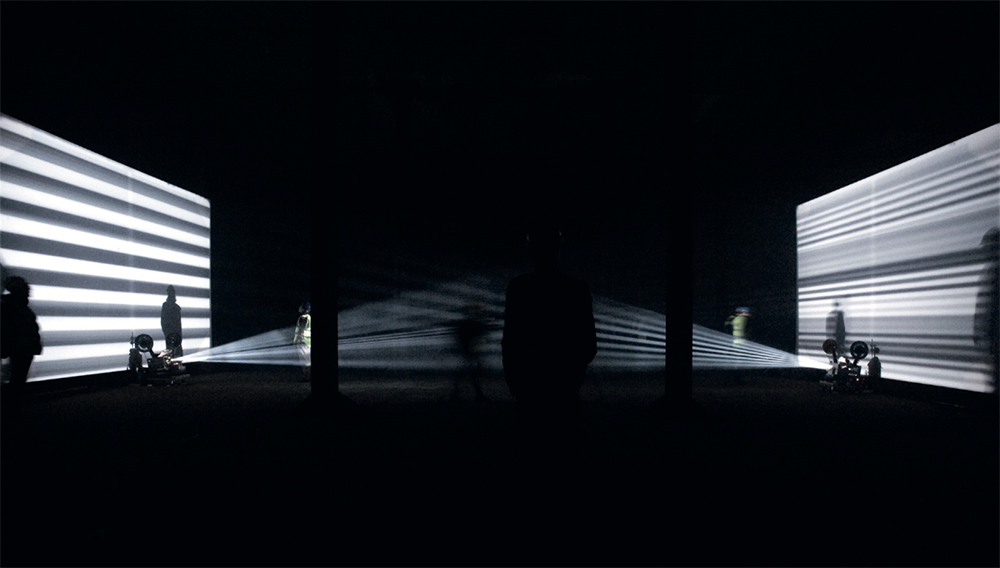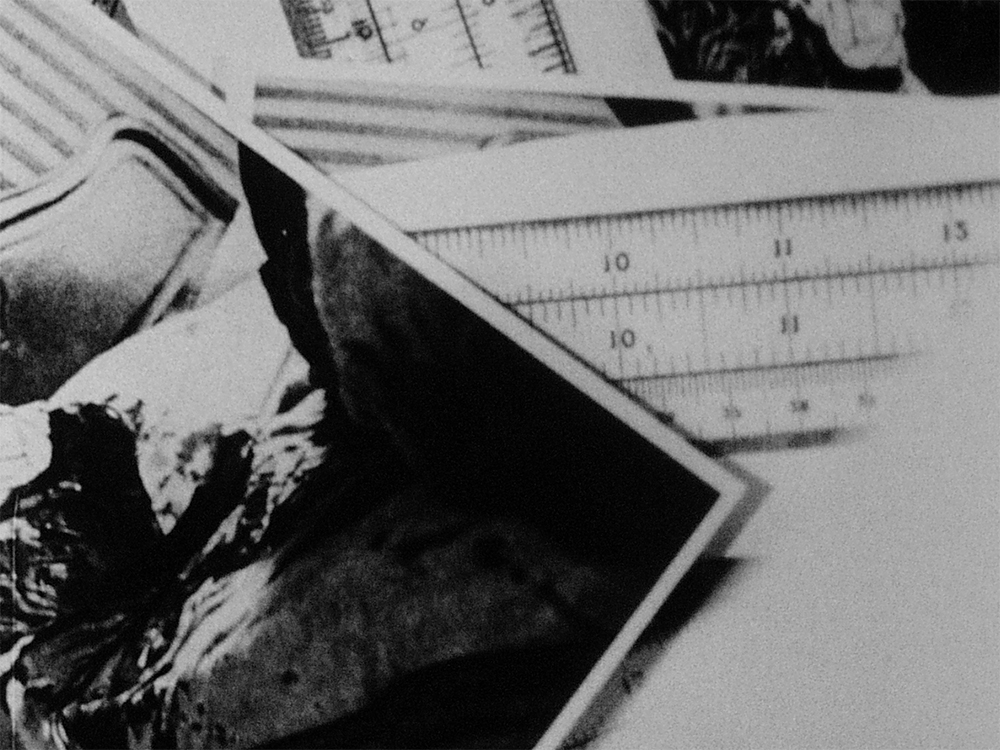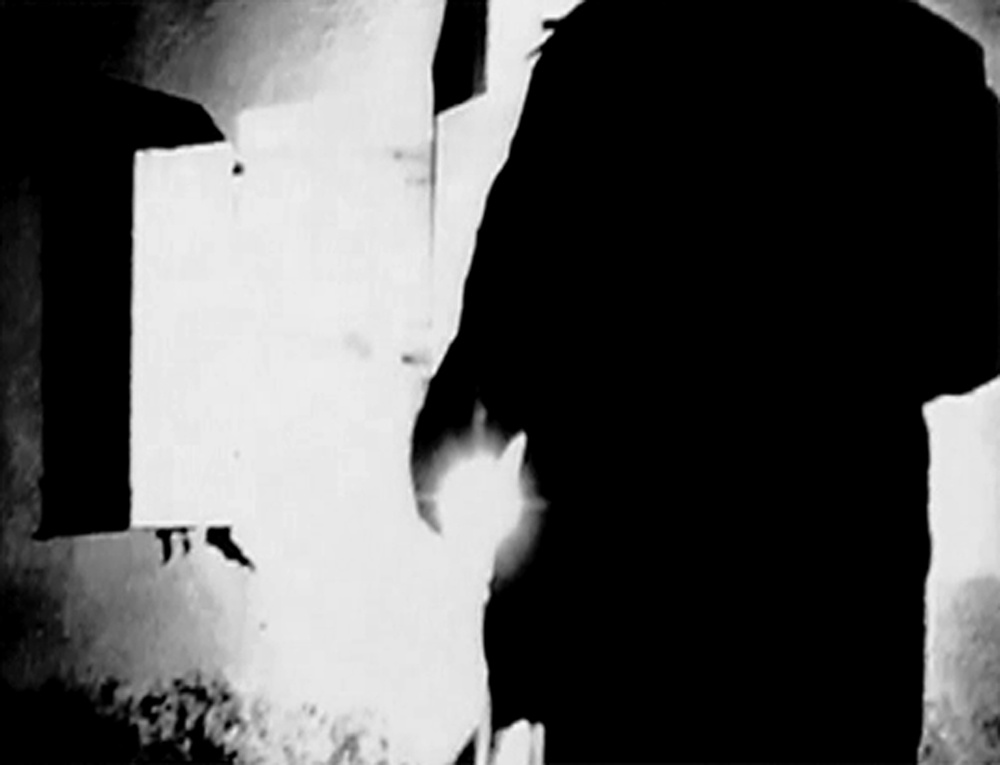Lis Rhodes
With live readings between films.
Courtisane is een platform voor film en audiovisuele kunsten. In de vorm van een jaarlijks festival, filmvertoningen, gesprekken en publicaties onderzoeken we de relaties tussen beeld en wereld, esthetiek en politiek, experiment en engagement.
Courtisane is a platform for film and audiovisual arts. Through a yearly festival, film screenings, talks and publications, we research the relations between image and world, aesthetics and politics, experiment and engagement.
With live readings between films.

Light Music was motivated by the scant attention being paid to women composers in the European tradition. It began as a composition in drawings. In the filming of these drawings — it developed into an orchestration of noise — whereby the intervals between the lines register as differentiated noise or “notes”. The drawings were then filmed using a rostrum camera (a type of camera used to animate still images). The movement of the camera lens — towards or away from the drawings — is heard; as the intervals between lines narrow or widen, so the pitch of sound rises or falls. The image produces sound — that is, the playing of lines is literally “light” music. In the earliest film screenings of Light Music, it was not possible to synchronise the two projectors. And so I would move between the two — in a sense conducting them — trying to keep them in time. Cinema and music tend to demand that each performance be a repetition of the last. But Light Music is more or less different each time it is screened. In a particular context, the audience becomes performers — performing within and to the light of Light Music. This is taken away, perhaps — on a mobile phone — as a digital record of the viewer as performer. The relationship of the audience to the work has radically changed: sound is not still — sound moves. (Lis Rhodes)

Light Reading begins in darkness. A woman’s voice reads extracts of text by the American Modernist writer Gertrude Stein. When the voice stops, a loose narrative takes shape from a series of collaged photographs, including one of a bloodstained bed. In this film, as in others, Rhodes explores the power relationships present in both ‘the grammar of looking and the grammar of language’.

In 1985 as part of research into the state of drinking water supplies, Lis Rhodes and Mary Pat Leece visited West Virginia where open cast mining had polluted the water sources. While there they met Pope Barford, in Raleigh, and having talked about the devastating effects of open cast mining he began telling them of another major problem — that of migrant farmworkers. “I mean why is there slavery — why are people held against their will — if there’s not something ... Without the illegals ... and without the migrants in general their system — it really does collapse. Like most systems it has a rational explanation for its existence ... They’ve got to have that cheap labour — you’ve got to have a pool of quiet cheap workers. Thirty odd years ago, the farms were not that large. The farmers were white. They were armed.” Minimal photographs were taken because of endangering the migrants further.